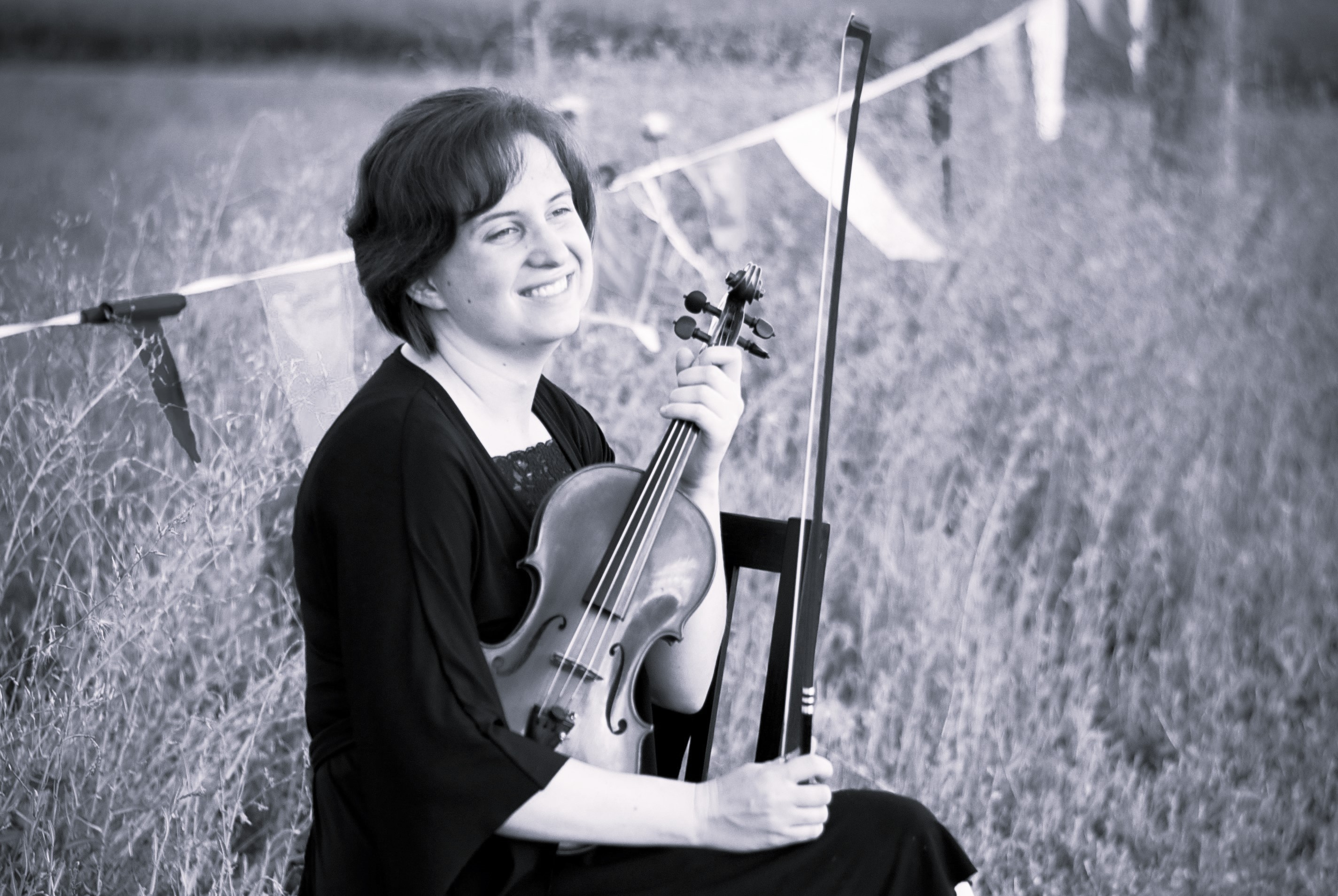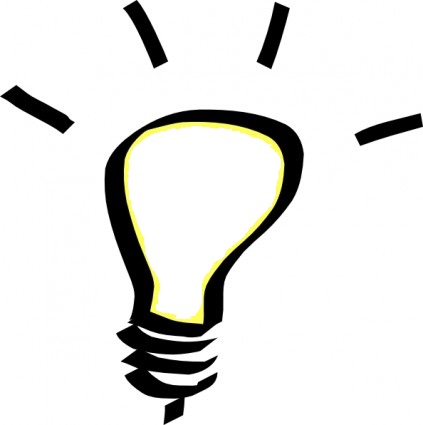
Cami Shaskin
Violin Blog
About
Updates
Quick Access
Archive
2021
Jan
2022 16 - Welcome to My Blog
23 - Violin Teaching Kits
Feb 06 - Valuable Techniques
07 - From the Top
20 - Violin Jokes
Mar 06 - Singing in Orchestra
13 - Nurtured by Love
21 - Helpful Websites
27 - Unique Case Uses
Apr 10 - All About Tone
24 - Teaching Values
May 02 - Believing Teachers?
29 - Our Quartet
Jun 26 - Violin Bridge Tips
Jul 07 - Clever Violin Memes
20 - Horses and Lions
Aug 04 - Music During Covid
16 - Favorite Music
Sep 12 - Being There
Oct 16 - Sight Reading Tips
Nov 05 - Why It's the Frog
Dec 20 - Bach on the Brain
30 - Impact for Life
Jan
Jul
Aug
Oct
Nov
2023 23 - Tendonitis Helps
Feb 21 - An Old Performance
Mar 23 - Cars3 & Coaching
Apr 29 - Preferred Brands
May 27 - Love: A Calling
JunJul
Aug
08 - Music Opens Doors
SepOct
Nov
27 - Useful Analogies
Dec 28 - A Humorous Anecdote
Jan
Feb
May
Jun
Aug
Oct
Nov
2024Feb
15 - Our Commonality
Mar 10 - Extras
18 - Autopilot
AprMay
Jun
06 - Motivation
JulAug
26 - The Ink
SepOct
Nov
26 - Music Copyright
Dec Jan
Mar
Sep
2025 15 - Fame and Fortune
FebMar
14 - Intermission
Apr 18 - A Day in the Life
May 02 - Oops!
Jun 14 - A Science or an Art?
Jul 15 - A Difficult Post
AugSep
20 - Anxiety Interview
Oct 02 - Sounds of Italy
Nov No posts to display.
Dec No posts to display.
Jan
Feb
Aug
Feb
No posts to display.
Mar No posts to display.
Apr 17 - Bittersweet Moments
May No posts to display.
Jun No posts to display.
JulAug
No posts to display.
Sep No posts to display.
Oct 31 - My Video Series
Nov No posts to display.
Dec No posts to display.
Posts
Horses and Lions
If I ever had to work hard in a career, it was as a public educator of music. (See post here.) In fact, if teaching private lessons were akin to owning a housecat, teaching in the public schools would be akin to owning a lion. Not only are you baffled at what to do with it, you can't show your insecurity, or you'll be eaten alive! Only those who have tried it can fully relate. There were keen disappointments, looming mountains of setbacks, and an overall lack of support in my early teaching years.
Faced with the chance to become a teacher in the public eye again after giving it up indefinitely, I regurgitated to my new friend, a wonderful teacher herself, some of my fears and past failures"”fully expecting a sympathetic nod of agreement and understanding. But I got more than I bargained for . . . in the best possible sense!
For starters, she didn't seem surprised or uncomfortable, though I certainly felt that way as I sat there shaken up and in tears over this cruel world. Rather than jump on the bandwagon of supporting me in my trepidation . . . rather than responding with, "Oh, I'm sorry that happened," or offering the kind but misguided notion that teaching isn't for everyone, this wonderful woman responded with confidence. After I spelled out how I had tried and failed, she looked thoughtful. She said, "You know, you actually have an advantage. With these experiences, you know all the ways NOT to teach. And you're going to be an amazing teacher because of it!"
I thought of the words of Marvin J. Ashton: "Yes, a friend is a person who is willing to take me the way I am but who is willing and able to leave me better than he found me."
Her confidence in me awoke similar confidence from deep within myself. It really did take courage to climb back on the horse. It is not an overstatement to say her words inspired me. Unlike other mentors in my life, she wasn't going to chance me falling off. I was going to stay in Music Education if she had any say in it. She was hanging on to me!
I no longer felt expendable, like the music program people didn't know what to do with"”the elephant in the room that there was no room for. This program was critical. To add to the mystery of it all, for her, it wasn't just about the job that someone needed to step up to. For some reason, I was important. Apparently, I was worth sticking around for.
| Love it | Interesting | Inspiring | Want to share |
 |
 |
 |
 |
| 1 | 1 | 0 | 0 |
Like this post? Link back to it later by copying the URL below.
© 2021-2025 All Rights Reserved
This content has been proven to be completely dairy-free, gluten-free, sugar-free, and made from code not treated with rBST. No animals were harmed in the making of this blog. The views presented do not necessarily represent the views of Ms. Shaskin's neighbors, kin, the U.S. government, or a mysterious worldwide network of musicians. Any reproduction, retransmission or reposting of content without crediting the author (basically me) is prohibited. Free Wi-Fi not included. If this is a life-threatening emergency, close your browser and dial 911.



